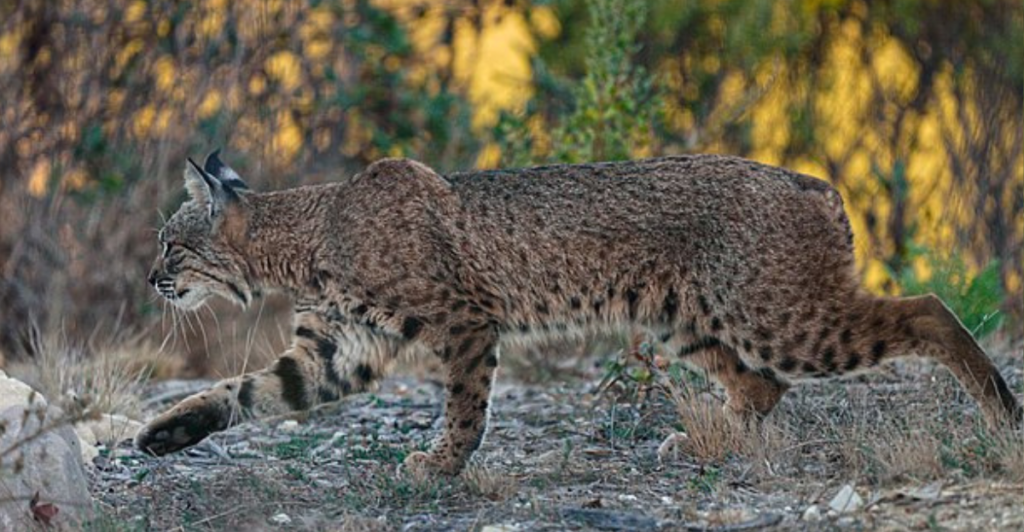
Bobcats are fascinating creatures native to North America, known for their adaptability and unique features. Despite their resemblance to domestic cats, these wild animals play a crucial role in maintaining ecological balance. Understanding their behaviors, habitats, and conservation needs helps highlight the importance of protecting these elusive predators.
1. Bobcat Basics
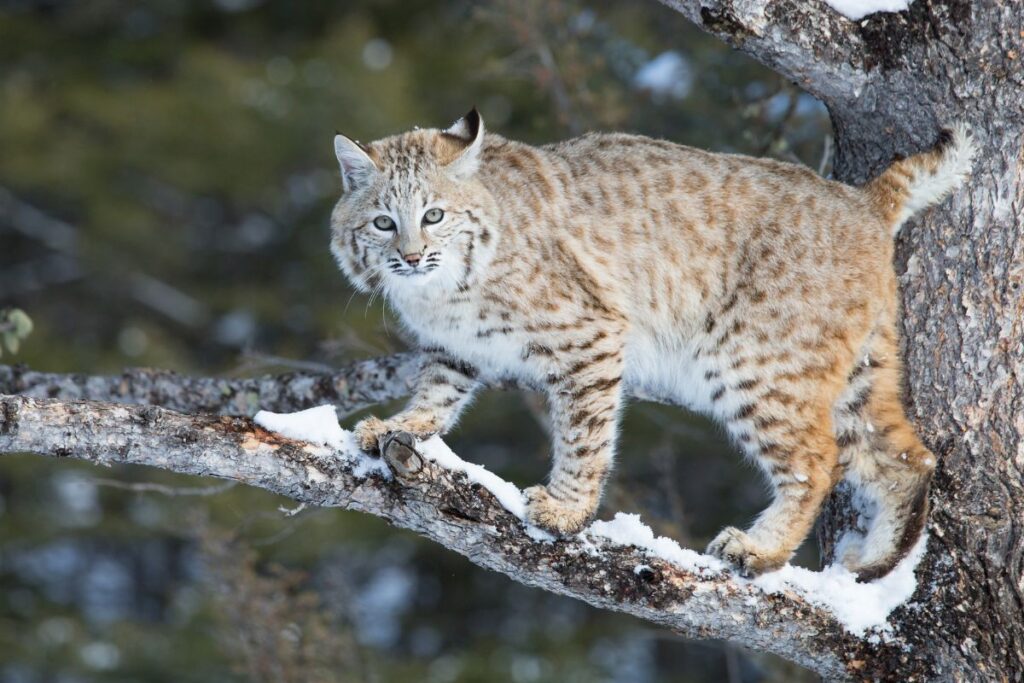
Bobcats (Lynx rufus) are medium-sized wild cats with distinctive tufted ears and a short bobbed tail. They weigh between 8 and 30 pounds, grow 25 to 42 inches long (excluding their tail), and can live up to 20 years. Their adaptable nature has allowed them to thrive across various environments, from Canada to Mexico.
2. Physical Characteristics
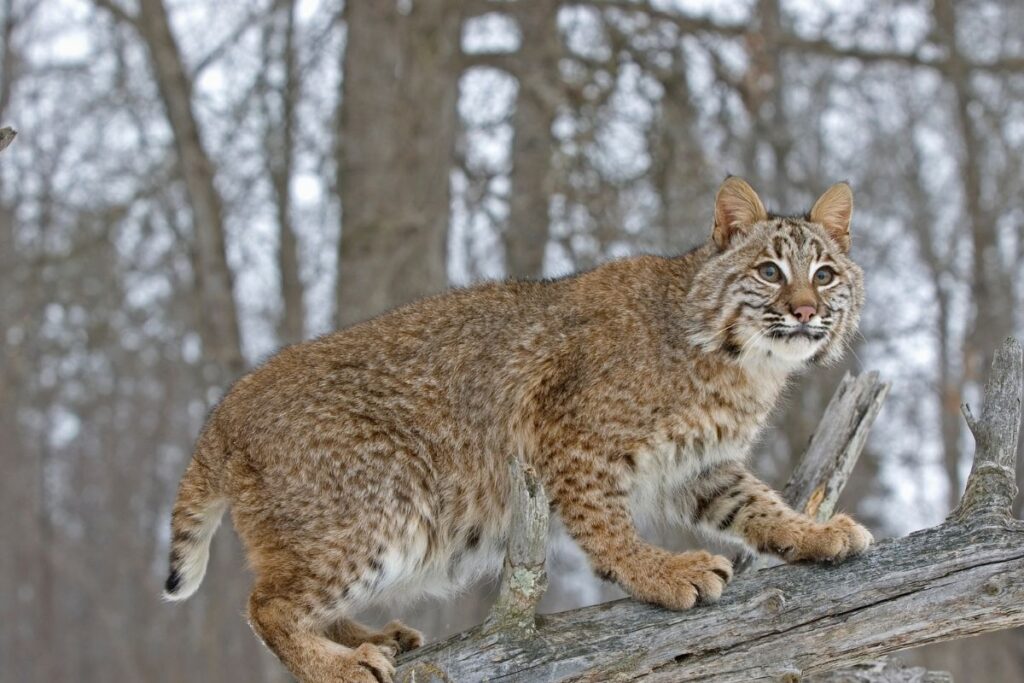
Bobcats are often confused with Canadian lynxes due to their similar appearance. However, Canadian lynxes have larger, snowshoe-like feet for navigating snowy terrain. Bobcats’ spotted coats provide camouflage, aiding in stealth during hunts.
3. Hunting Strategies
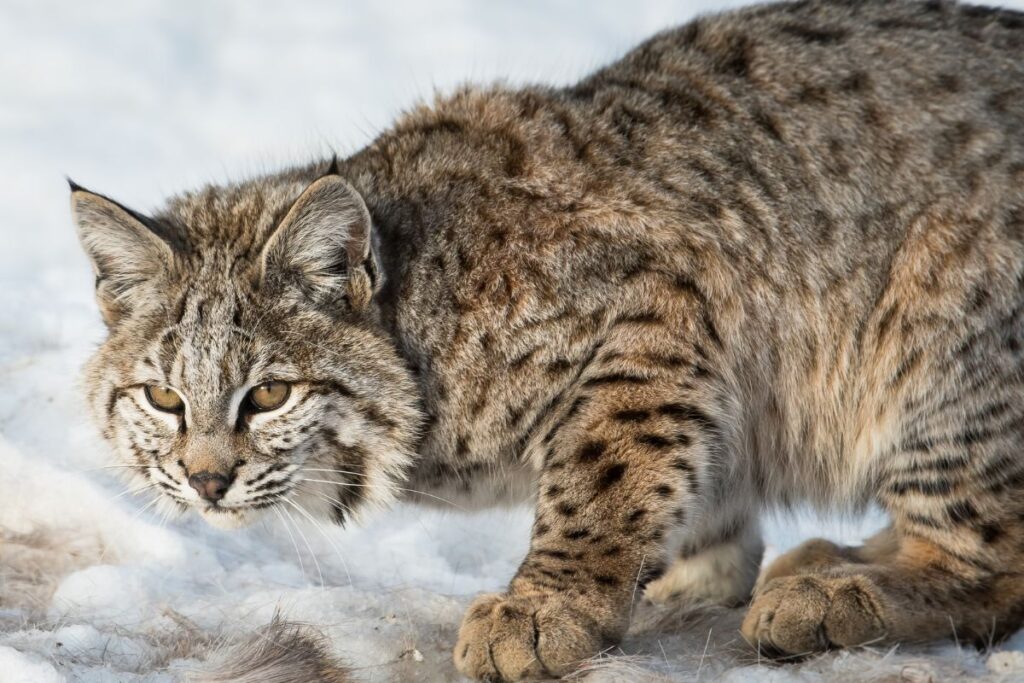
These predators are skilled ambush hunters. They silently stalk their prey, such as rabbits, rodents, and birds, before launching a surprise attack. Their powerful hind legs enable them to leap long distances and climb trees, ensuring successful hunts even on challenging terrain.
4. Territorial Behavior
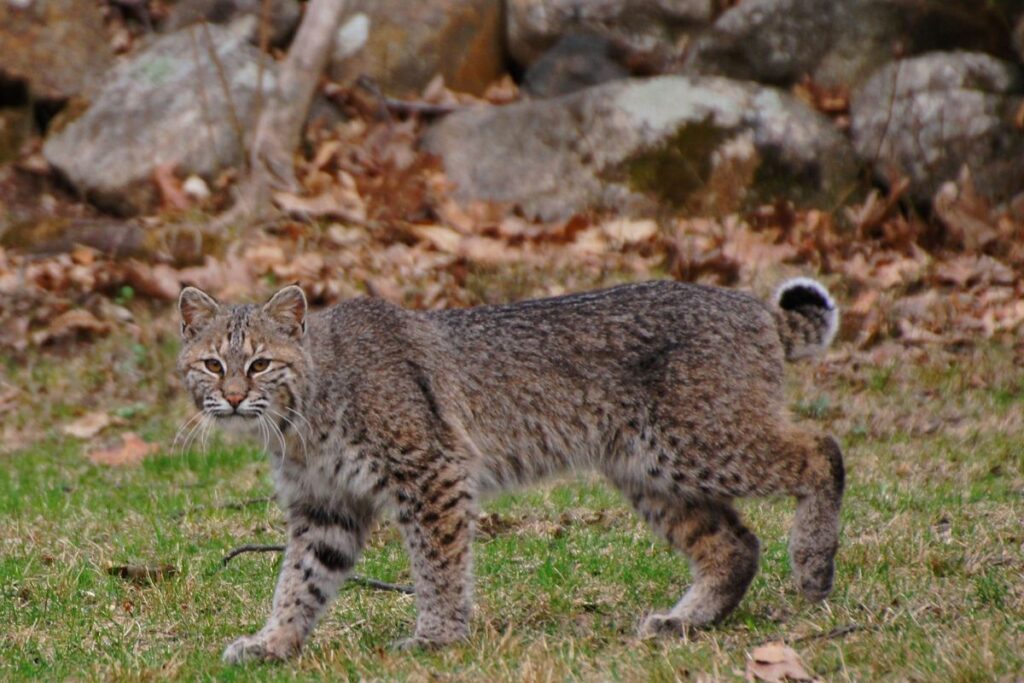
Bobcats are solitary and territorial animals. They mark their territory with urine and feces to ward off other bobcats, ensuring they have sufficient food within their range. Males typically have larger territories, sometimes overlapping with several females.
5. Vocalizations and Communication
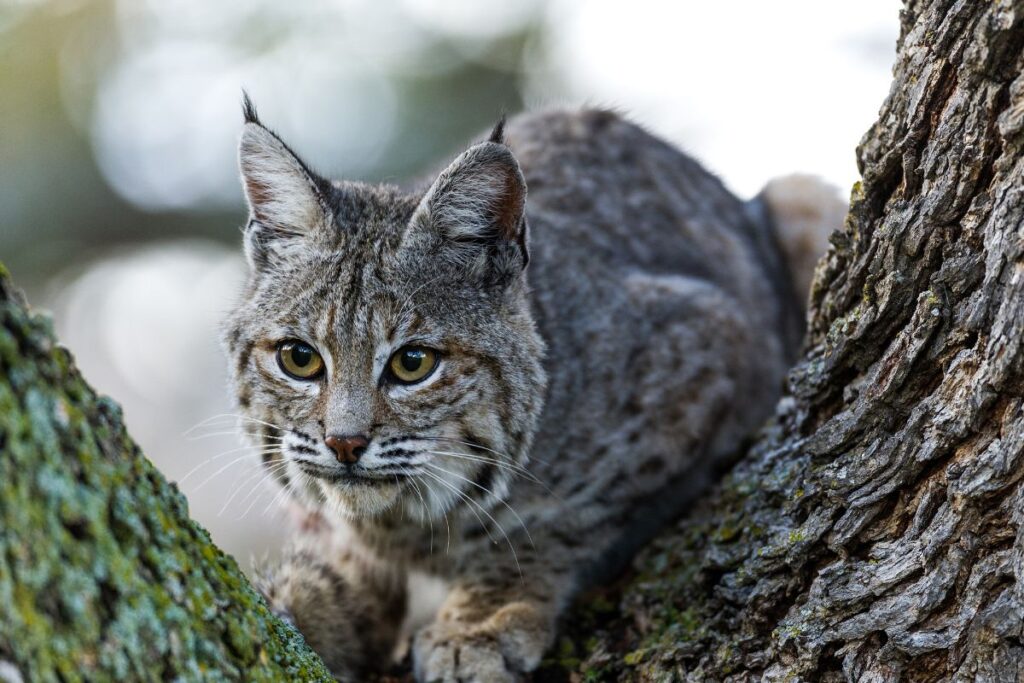
Though generally quiet, bobcats can produce various sounds, especially during mating season. Their vocalizations include eerie screams to attract mates and growls or hisses when threatened. Like domestic cats, they also purr and meow to communicate with their young.
6. Are Bobcats Dangerous?
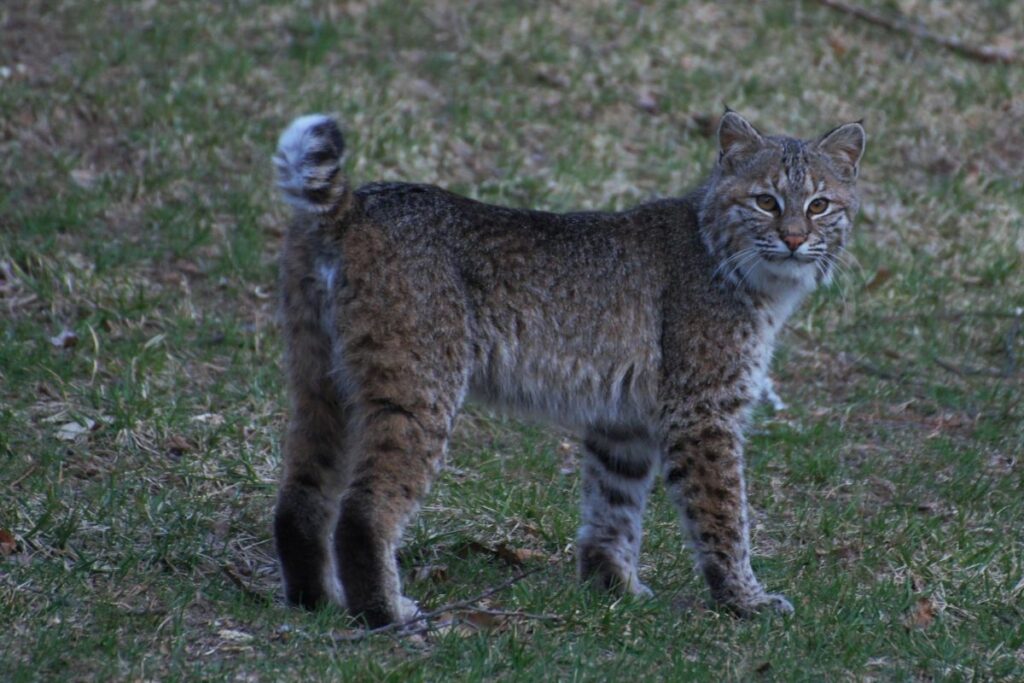
Bobcats usually avoid humans and are not a significant threat. However, as wild animals, they can become defensive if cornered or threatened. While attacks on domestic pets are rare, they can occur if the bobcat is desperate for food. Maintaining a respectful distance is essential.
7. Conservation Challenges
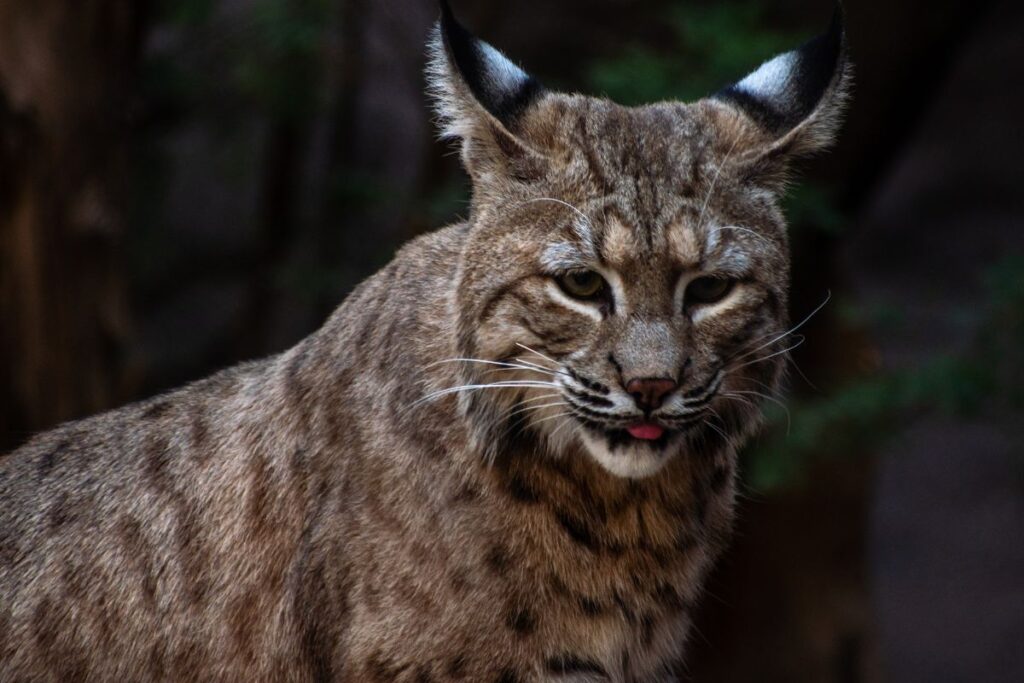
Habitat destruction due to urbanization and agriculture poses a significant threat to bobcats. Fragmentation of their living spaces limits their ability to hunt and reproduce, leading to potential population declines. Protecting large, connected habitats is crucial for their survival.
8. Ecological Importance
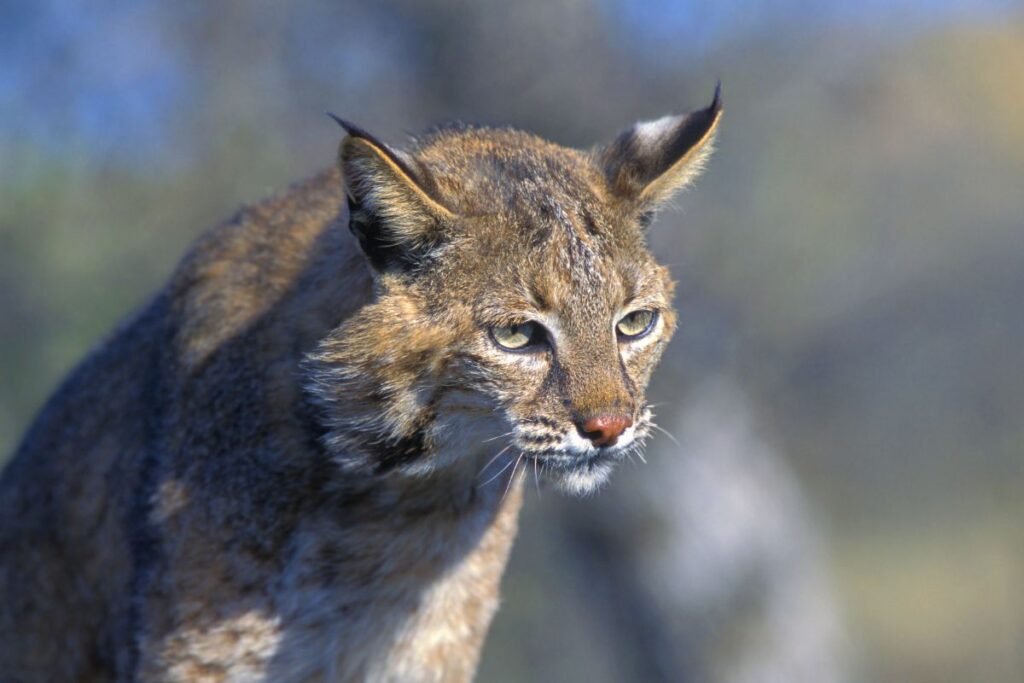
Bobcats play a vital role in controlling populations of prey animals like rabbits and rodents. This predation helps maintain a balanced ecosystem, preventing overgrazing and disease spread. Their presence also indicates a healthy environment.
9. How to Help Bobcats
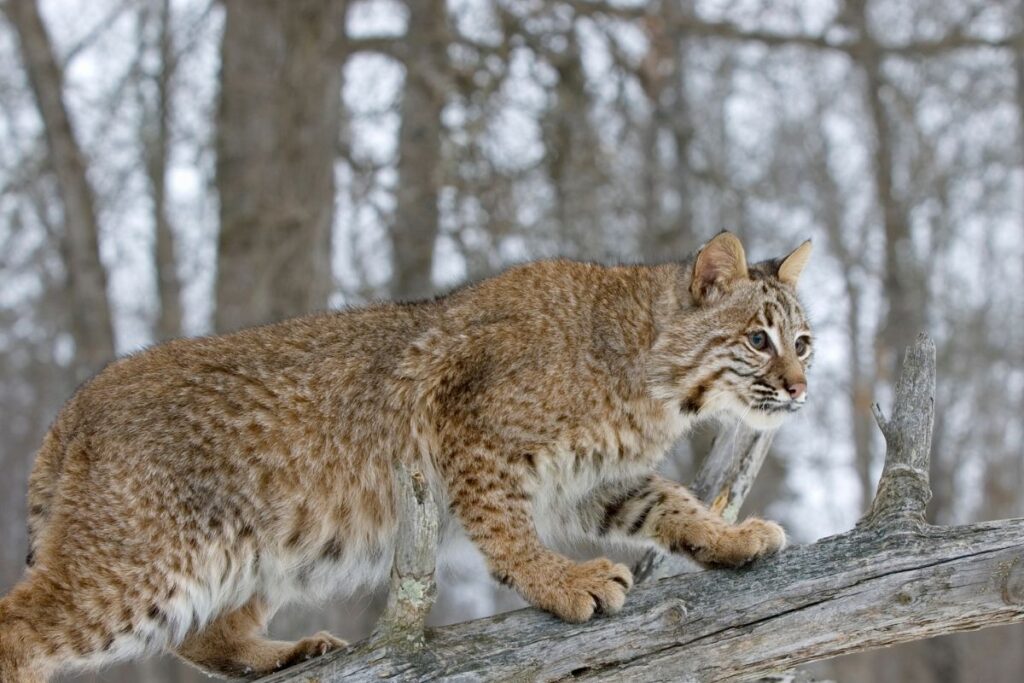
- Protect Their Habitat: Preserve large, undisturbed areas where bobcats can live and hunt.
- Create Wildlife Corridors: Build crossings to connect fragmented habitats safely.
- Educate Communities: Promote awareness about bobcats to reduce human-wildlife conflicts.
- Support Research: Funding studies on bobcat behavior helps inform better conservation strategies.
- Strengthen Laws: Advocate for legislation protecting bobcats and their habitats.
10. The Role of Sanctuaries
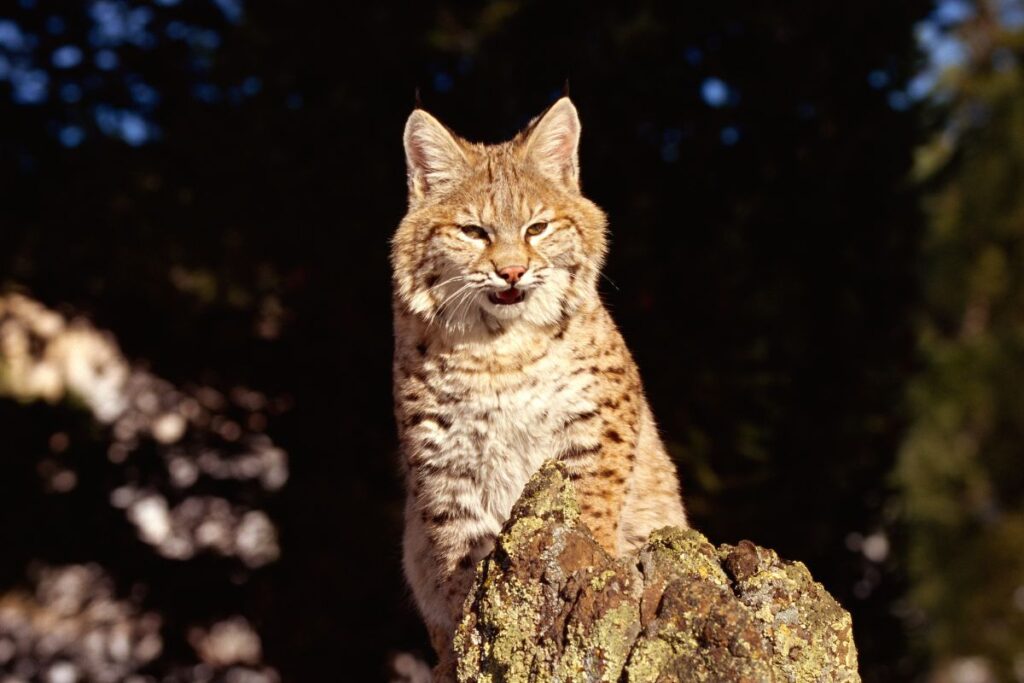
Organizations like Lions Tigers & Bears play a pivotal role in wildlife conservation through rescue, education, and advocacy. Their efforts in preserving natural resources and providing safe environments for animals like bobcats ensure future generations can continue to learn from and appreciate these remarkable creatures.
Stay connected with us for more stories like this! Follow us to get the latest updates or hit the Follow button at the top of this article, and let us know what you think by leaving your feedback below. We’d love to hear from you







